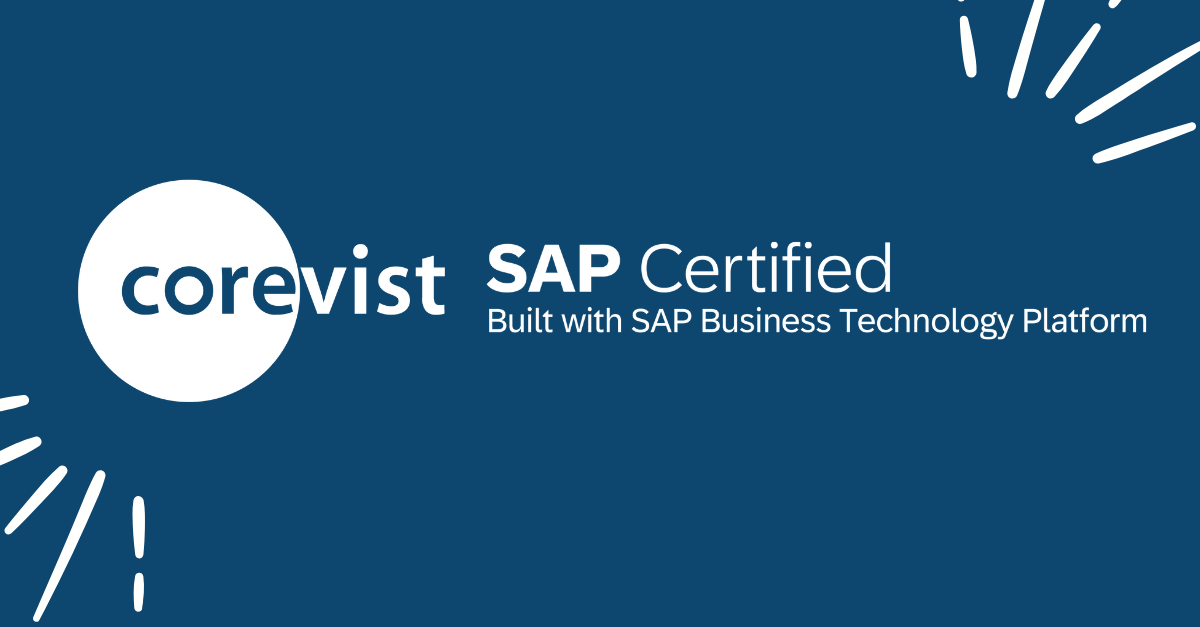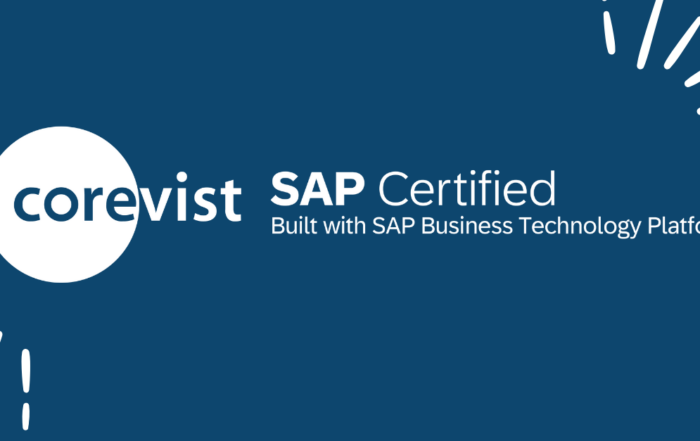Share
Author
Sam Bayer
Share
Year in Review (Client Revenue)
I love this time of year because I get to step back and take a bird’s eye view of what our clients have been up to in the previous year. Everyone has worked real hard over the course of 2015 and it’s now time to see what they’ve accomplished!
The results I’m about to present represent data from 37 SAP Integrated B2B eCommerce website owned by 16 of our clients. Results are strictly for our B2B eCommerce websites, no B2C results are included. I’ve harvested these results from the Google Analytics accounts that we maintain for all of our clients (not a trivial amount of work on my part I might add)
Here are the raw numbers:
Total revenue = $886,321,838 (range per client was $2,493,455 – $259,890,106)
Total orders = 479,594 (range was 2521 – 153,673) One of our clients actually placed zero orders on our website. They only use our eTrack module to track orders and send out invoices.
Total line items = 2,980,303 (range was 7952 – 933,222)
Average order value = $16,395 (range was $180 – $34,245)
Average # of line items per order = 7.3 (range was 1.2 – 26.51)
Total visitors = 458,625 (range was 421 – 280,668)
Total goals accomplished = 1,034,985 (range was 4430 – 299,328)
And now for some of the color commentary.
Revenue – Our $886M of orders processed would have ranked us #109 on the Internet Retailer’s B2B 300 ranking. That would have placed us right after PC Connection and before Sigma Aldrich. Four of our clients processed over $100M of orders on their websites in 2015 with one of them generating $260M dollars over the web. That’s some serious business! However, our service isn’t just for the big boys. The very same technology supported the 33% of our clients whose businesses generated less than $10M in revenue with three of them generating less than $5M of revenue on the web.
Orders – First of all, our SAP Integrated B2B websites have been quite busy in 2015. Our data center processed about 1 order every single minute of every single day during the course of 2015. Of course very few orders are processed on the weekend and holidays and the concentration of our business is in the US so the real distribution of orders is much more compressed. Nevertheless, we were open for business greater than 99.9% of the time so that customers from all over the world were indeed processing orders 24x7x365.
Line items – I find it fascinating that one of our clients has a business model whereby they generated almost $77M last year from a total of 5416 line items processed. That’s about 27 line items that had to be processed every working day. On the surface, it’s not a daunting task to process 27 line items a day. So why put up an SAP Integrated website? It’s all about becoming easier to do business with. Having a website available in off hours and getting instant feedback about the order is what their customers are raving about. Another client generated $86M but they had to work harder and process over 334 line items per business day. In their case, justification was not only to become easier to do business with but to take a workload off of their CSRs.
Average order value – This is the one metric that really underscores how varying B2B business models can be. At an average of $180 per order, you’ve got to have your customers place an awful lot of orders if you’re going to generate any meaningful amount of revenue and you’ve got to be pretty efficient at fulfilling those orders if you want to make any money on them. We also have two clients whose average order value is about $33K. The dynamics of their business has an entirely different feel from a marketing, credit management and fulfillment perspective than the $180 per order business.
Average # of line items per order – Two of our clients really skew the data in this category with their 17 and 26 line items per order. If we take their data out of the calculation we get a more representative number of 4.4 line items per order as opposed to the calculated average of 7.3. What we find is that the user experience of wanting to place low line items per order is significantly different than placing large number of line items in an order. The former usually has much more of a “consumer” feel to the experience whereas the later is what we more traditionally think of as the B2B user. The former wants to browse and shop and perhaps learn more about the product they want to buy whereas the later wants to place that replenishment order or seasonal order much more efficiently.
Total visitors – It doesn’t take a lot of users to make your SAP Integrated B2B website a worthy investment (especially at our prices :-)). One of our clients only had 421 visitors to their website in 2015, yet their implementation of the Corevist solution won them a “Chairman’s Award” in their $7B company. In 2015 our busiest client had over 280K visitors which was 5x greater than our #2 busiest client.
% Internal visitors – One of the most overlooked facts about B2B eCommerce websites are that they are not only a great tool for your customers but they can add great value to your employees. Salespeople have a need to place sample orders for customers and check on their customers’ account and order statuses. CSRs often use the Corevist website because it’s easier to upload large spreadsheet based orders with us than to deal with SAP itself. Some of our clients predominantly use the website for their internal staff. In fact, 4 of our clients have 30% of their total users being their own employees. With that said, I do think that 2 of those clients, who are new to our service, will drop to below the usual 10% of users being internal as soon as they complete their ramp up.
Goals – B2B eCommerce website goals are defined as any self-service activity that prevents your customer from sending you an email or calling you up. Placing orders, downloading documents, tracking orders, checking on pricing and availability are all examples of goals that we track in real time in Google Analytics. If you conservatively assume that for every Goal accomplished on the website you save a Customer Service Representative 10 minutes of his/her time, than we freed up the capacity of about 250 Customer Service Representatives with the Corevist service last year. That’s redirecting 250 employees from answering mind numbing questions like “yes your order did ship and should arrive tomorrow” and “yes we do have that part in stock and your price for it is $XYZ” to more sales and product support related questions.
So there you have it. Books closed on 2015. It was a great year for most of our clients and a not so good year for some. In either case their Corevist SAP Integrated B2B eCommerce website was at their service. I’ll admit that I was rooting for us to hit the $1B mark of order flow. However, unfavorable currency headwinds and some cyclical business downturn for a few of our clients kept us from hitting the mark. We’ve added several clients in 2015 who should be hitting their stride in 2016 and we’re starting off the year with a few new clients who still have time to launch their websites in time to make their contributions to my $1B goal. I think that’s a much safer bet than the current odds of winning the $1.5B Powerball lottery!
Enough reflection. It’s time to get back to work.
Happy New Year!
Sam








